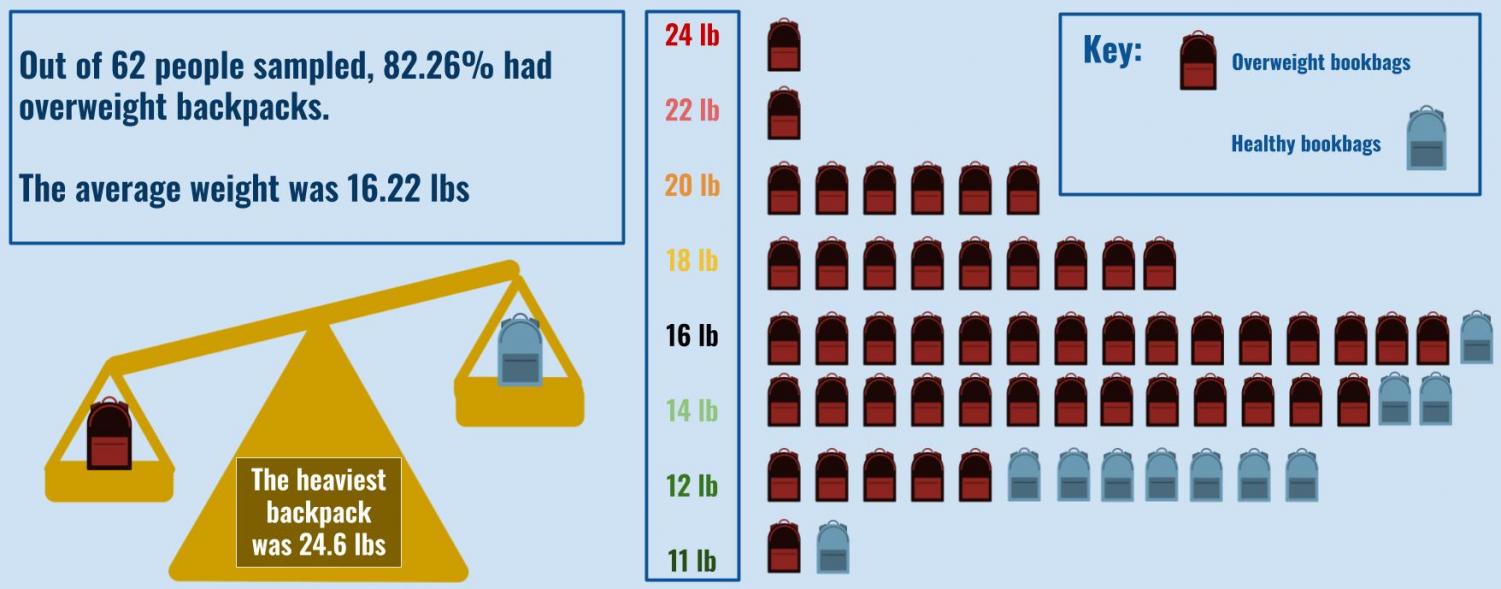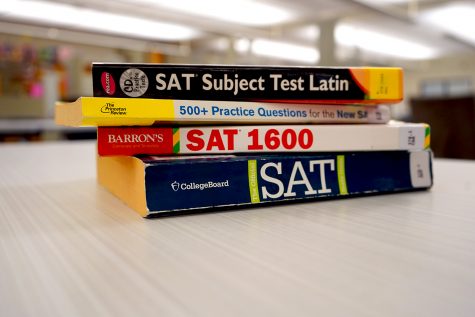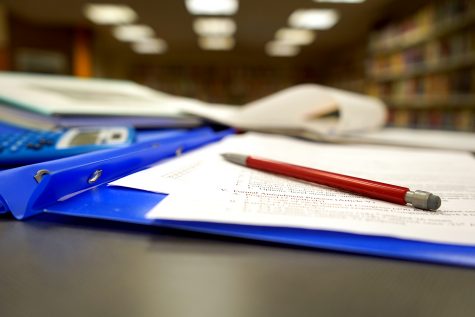Carrying the Weight of the World
Heavy backpacks have become a necessity for students, but the extra burden comes at a damaging cost
Lifting, carrying, and lugging around heavy backpacks can leave students with back pain and spinal issues.
Every morning before the sun rises, many students let out an exhausted sigh as they hoist their heavy bags off the countertop and onto their backs.
The uncomfortable weight settles in, and the realization that they’ll have to carry it with them all day hits. A mom or dad may even notice the struggle and ask, “What’s in there?”
It’s a valid question, after all. What some don’t realize is that today’s students need to carry the weight of technology and traditional school items in their backpacks. It’s almost a transition period. Students still carry textbooks, binders, folders, and notebooks, but they also need to have their laptop and, typically, a charger, too. That list of necessities doesn’t include instruments or sports equipment that extracurricular require.
“I think teachers thought that by utilizing laptops it would lighten the load, but I still have two binders filled with papers to carry every day,” said junior Julia Wonsettler. “It’s just extra weight.”
Studies show that a student’s backpack should weigh no more than 10% of their own weight. The Uproar investigated what some backpacks weighed at NASH, and, perhaps not surprisingly, 82.26% of the backpacks we weighed surpassed that percentage.
Of course, as teenagers get older, they are able to carry more, but the physical effects can still be intense. Backpacks that are too heavy can cause back and neck injuries, as well as poor posture — all of which could certainly last a lifetime. It’s also common for the weight to lead to a curvature in the spine.
The average weight of the backpacks sampled was 16.22 pounds, and the heaviest backpack weighed in at an astonishing 24.6 pounds.

“I have a laptop, a binder filled to the brim, notebooks, pencil cases, and a water bottle,” Eleanor Martin, a junior, said. “That’s a lot of things. Sometimes my shoulder feels like it’s popping out because of all the weight.”
Additionally, students are quick to point out that it’s only the beginning of the school year, so the chances of backpacks getting heavier as they fill up with papers and past assignments is likely.
Complicating matters is that the stairs at NASH are plentiful and unavoidable, making the already rough trek through the halls a fight against gravity.
“I’m pretty sure I’m going to need a back brace by the time I’m thirty,” junior Laura Vinski said.
To help lighten the load, many researchers recommend carrying a backpack with both straps, preferably padded, not just hanging one strap over a shoulder. Another solution is organizing and keeping past assignments at home. That way, the massive bag will only be filled with the essentials. An additional common-sense suggestion is to make occasional locker stops to exchange books and binders.
Of course, the ideal solution is for schools to cut down on the amount of paper worksheets and textbooks, which is more possible than ever before given the wide availability of online resources.
Just ask a student — the only reason they carry so much weight on their shoulders is that the school makes it a necessity.

Kristen Kinzler is a senior at NASH who loves expressing her opinions and drinking excessive amounts of coffee and tea. When she's not writing or rewatching Supernatural for the fourteenth time, she can probably be found playing lacrosse, reading, or watching hockey. She plans to attend Bowdoin College next fall.






